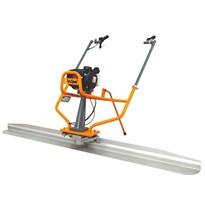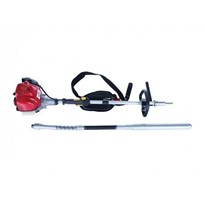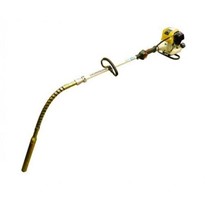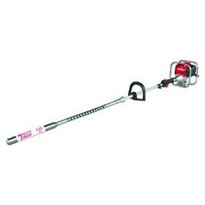Concrete is a composite material composed of fine and coarse aggregate bonded together with a fluid cement (cement paste) that hardens over time. Most concretes used are lime-based concretes such as Portland cement concrete or concretes made with other hydraulic cements, such as calcium aluminate cements.
Freshly mixed concrete does not compact on its own because the poor fluidity is not able to overcome the internal friction; only vibration can overcome such forces.
VIBRATION FAVOURS:
- The surfacing of the air trapped in the concrete
- The displacement of aggregates, aligning them to one another, with consequent reduction of cavities, conferring them high density and perfect homogeneity
- The adhesion of the concrete to the bars of the reinforcement armatures or to any internal structural inserts, as well as to the basic anchorages.
BENEFITS:
- High mechanical resistance.
- Low porosity and thus low permeability to water and to aggressive substances contained therein.
- Absence of cracks within the concrete, in the proximity of the reinforcement armatures’ bars.
- Complete filling of the formwork.
- Increase in the life cycle of the concrete.
- High aesthetic result.
For more information on our range of vibration and fluidisation products please call or email for a direct reply.


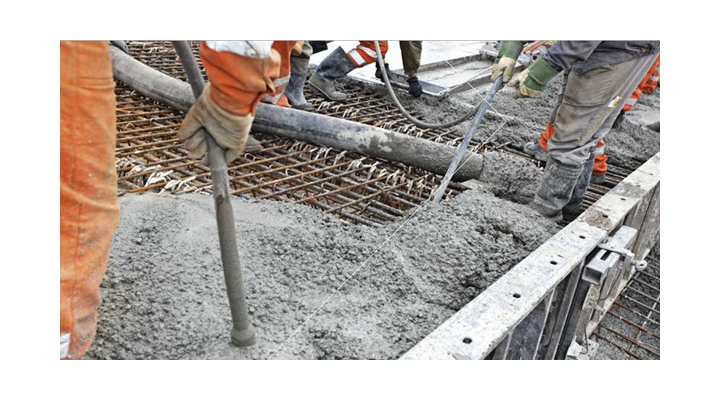
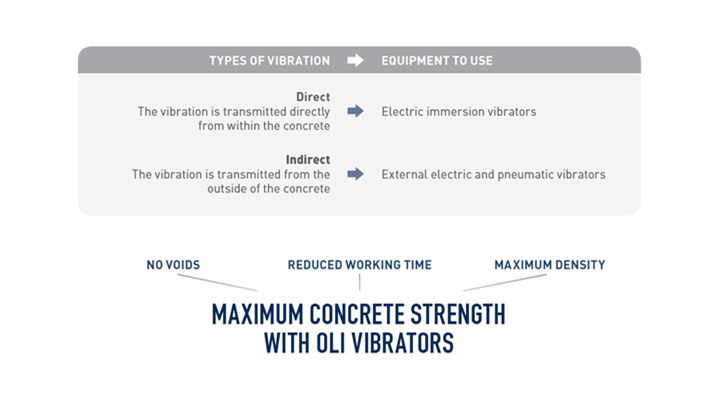
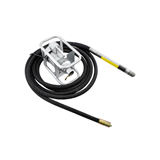

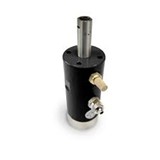
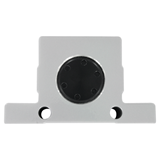




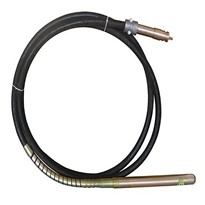
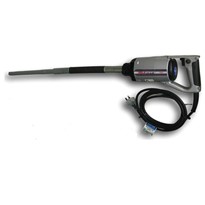

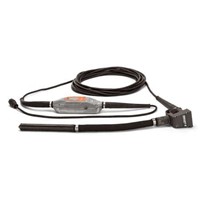
-205x205.jpg)

